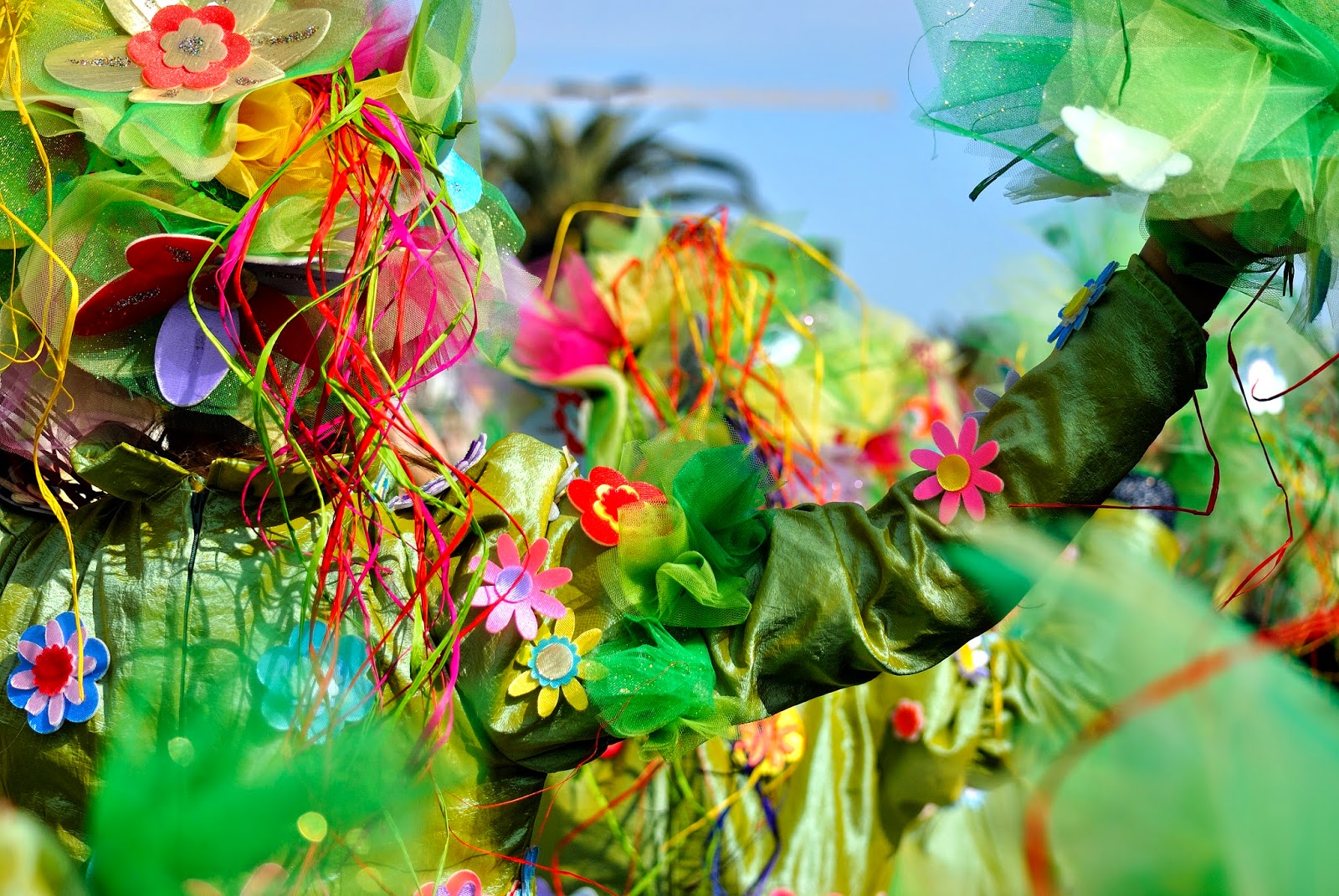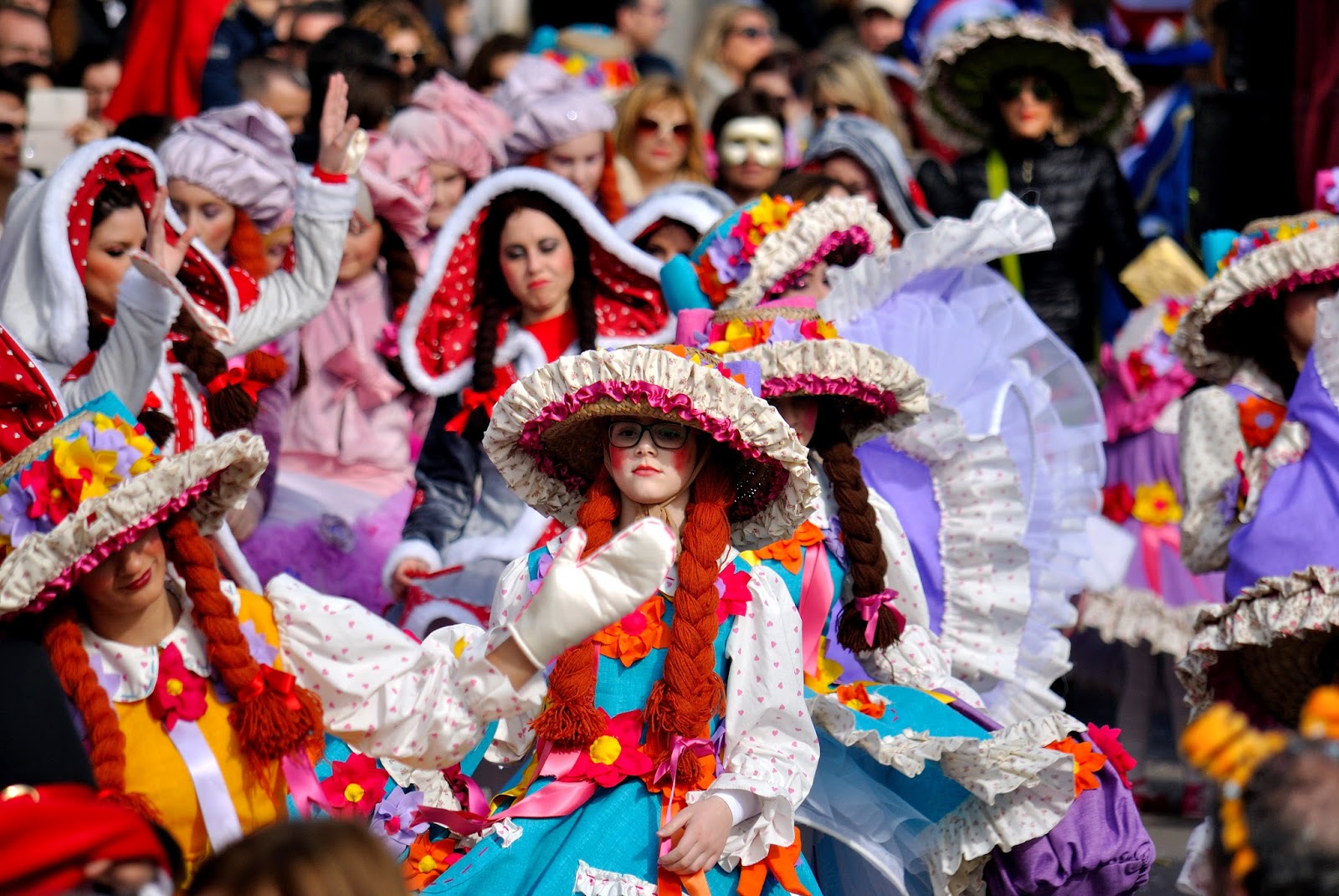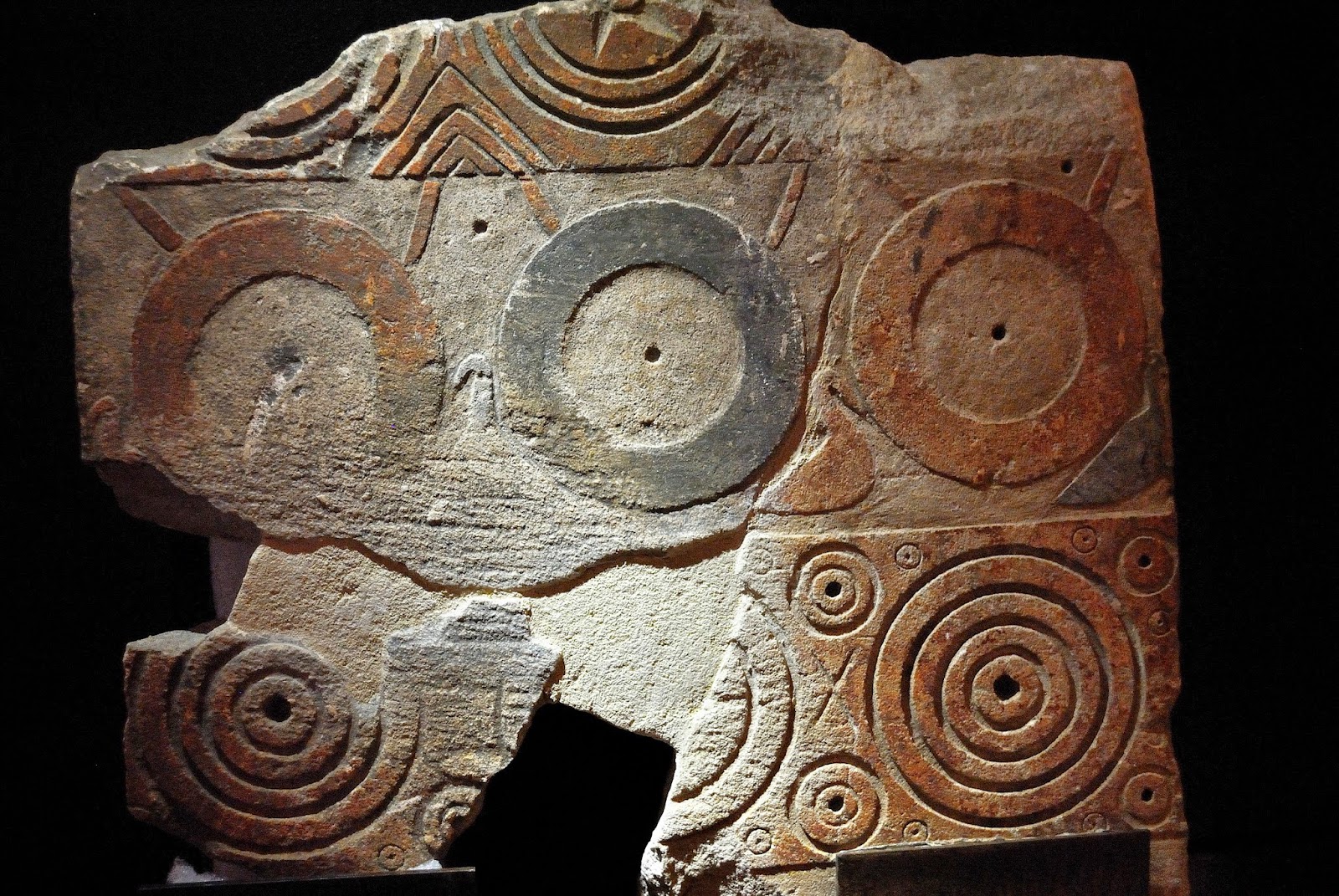I went there yesterday because the local public library "Giuseppe Melli" had arranged an event dedicated to the folk music (Incontro con la musica popolare)
I was astonished by seeing the parterre of the theater almost full.
Around 300 people were admiring the dancers of pizzica, led by Ramona Visconti.
The local mayor, Pasquale Rizzo, is invited on stage. He says: "I encourage all the citizens to invest on culture. The community has to believe in this project in order to let it comes true.".
Great vision, Sir Rizzo.
Then, it is the round of the folk band Santu Pietru cu tutte le chiai, active since the '70ies.
Folk music is an immense resource for the South of Italy.
Unfortunately, this immaterial treasury begun to languish since the '50ies, the years in which Italy went crazy with consumerism and industrialization.
Pier Paolo Pasolini had desperately warned the Italians of the cultural genocide which was just occurring.
The thousand-year old peasant civilization replaced by the consumerism.
It was not a great deal.
Currently, folk music is alive more than ever. It is getting popular and popular among the youngest generation.
Pizzica and tarantella are for Italy what flamenco is for Spain.
Now, It is the round of Eugenio Bennato.
Once on stage, Eugenio talks about his passion for folk music.
He recalls his Apulian maestros such as Cantori di Carpino and Matteo Salvatore.
After having said that, he starts singing a Modugno's song, Malarazza, a fantastic Sicilian song.

All the dancers surround Eugenio, like embracing him.

I have the feeling that Eugenio is very much moved by the warm welcome of San Pietro Vernotico.
Eugenio ends up his concert not before having sung Questione meridionale, Brigante se more and finally Mediterraneo.
long life to you Eugenio Bennato!


























.jpg)

